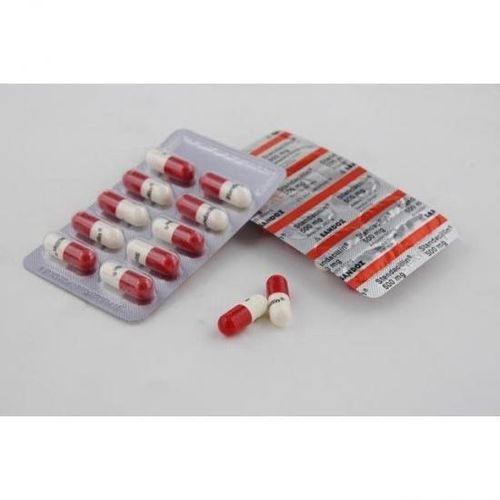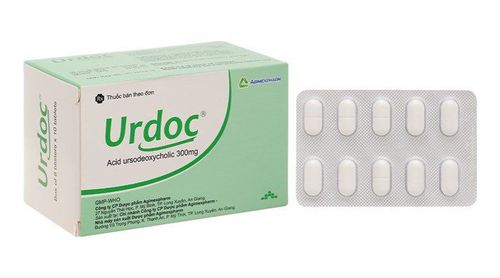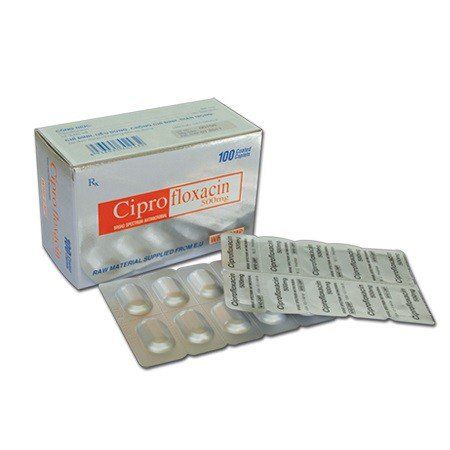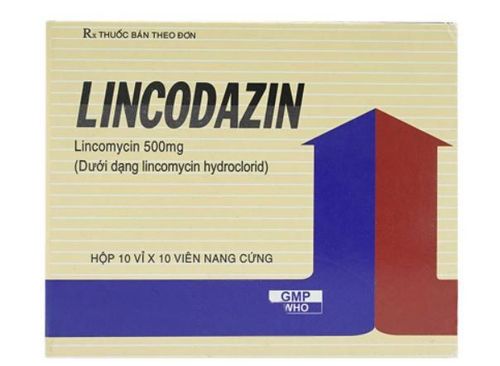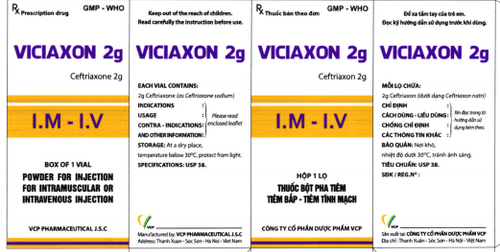This is an automatically translated article.
Revotam medicine has the ingredients Cefoperazone Sodium and Sulbactam sodium. The drug is indicated for the treatment of infections caused by bacteria with a broad spectrum of antibacterial activity such as: upper and lower respiratory tract infections, upper and lower urinary tract infections, peritonitis, cholecystitis, cholangitis and some other infections,...1. The effect of the drug Revotam
Revotam medicine contains the following ingredients and effects:
Cefoperazone (in the form of Cefoperazone Sodium) is a 3rd generation cephalosporin antibiotic, belonging to the group of antifungal, antiviral and antibacterial drugs. Cefoperazone is active against most gram-negative bacteria because it is stable against beta-lactamase enzymes. Sulbactam (as Sulbactam sodium), has a structure similar to Beta lactam enzymes but has weak antibacterial activity, so it is rarely indicated for clinical use alone. Because sulbactam has the ability to inactivate beta lactamase enzyme, it will protect beta lactam antibiotics from being degraded by this enzyme.
2. Indications of the drug Revotam
Revotam is indicated in the following cases:
Respiratory tract infections, (sinusitis, bronchitis and pneumonia,...). Urinary tract infections. Peritonitis, cholecystitis, cholangitis and other intra-abdominal infections. Septicemia . Meningitis . Skin and soft tissue infections. Musculoskeletal infections Endometriosis. Gonorrhea and other genital infections.
3. Contraindications of Revotam
Do not use Revotam in patients with a history of allergy or hypersensitivity to any component of the drug or the antibiotics of the Cephalosporin and Penicillin groups.
4. Dosage and usage of Revotam
4.1. Usage of the drug Revotam Revotam produced in the form of a powder for injection, is prescribed by the doctor for deep intramuscular injection or intravenous infusion. To avoid serious side effects of Revotam, when given intravenously, it should be injected slowly, at least 3 to 5 minutes. In the case of an intravenous infusion, administer the drug slowly over 20 to 60 minutes. After mixing with 5ml of distilled water for injection, shake well to dissolve or mix into intravenous solution. After mixing, the drug must be injected immediately.
Patients are not allowed to arbitrarily mix and infuse drugs at home, but must have a prescription for drug use, the medication process must also be supervised by a qualified doctor.
3.1. Dosage of Revotam The dose of Revotam may change depending on the type of bacteria the patient has, the severity of the disease and the patient's condition, so the patient must absolutely not increase or decrease the dose of the drug on his own. prescribed by a doctor.
Adults: The daily dose should be divided every 6-12 hours:
Mild and moderate infections: dose 2-4g/time x 2-4 times/day Severe infections: dose 4-8/time x 2 times/day x 2-4 times/day Children: The daily dose should be divided every 6-12 hours
Usual dose: 25-100mg/kg every 12 hours. In severe infections or with little response, the dose can be increased to 160mg/kg/day, divided 2-4 times/day. Infants 1 week old should divide the dose every 12 hours. The maximum drug dose does not exceed 40mg/kg/day Subjects with renal failure: No dose adjustment is required.
Duration of treatment: Take Revotam for another 3-4 days after the patient's body temperature has returned to normal or when the infection is certain. In severe and persistent infections, treatment can last for several weeks.
5. Undesirable effects when using Revotam
Patients using Revotam may experience some side effects as follows:
Common: Reactions at the injection site (thrombophlebitis, pain or swelling at the injection site, appearance of eyebrows) urticaria especially in people with a history of allergies, especially to penicillin.). Digestive system (diarrhea). Uncommon: Blood (neutropenia, eosinophilia, thrombocytopenia, decreased prothrombin, false-positive Coombs test, decreased hemoglobin, decreased hematocrit), digestive system (change in bacteria) intestinal tract, can be superinfected by drug-resistant bacteria such as blue pus bacillus and Enterobacter,...). Rare: Fever, headache, chills, anaphylaxis, anemia, hemolysis, pseudomembranous colitis, elevated liver enzymes, Stevens-Johnson syndrome and hematuria. When using Revotam, patients may experience some unwanted effects that are not listed above. Therefore, if the patient appears any side effects, it is necessary to notify the doctor immediately for treatment. In case the patient needs more information about the drug, he or she can consult a doctor or pharmacist.
6. Notes when using Revotam
Patients using Revotam should be cautious in the following cases:
Before treatment with Revotam, it is necessary to determine the patient's history of hypersensitivity reactions to Cephalosporins and derivatives of Cephalosporins, penicillins or other drugs. . Patients need to inform the treating doctor about their own history of drug allergies to avoid unwanted consequences. Revotam is eliminated mainly via bile. In patients with liver disease with or without biliary obstruction, the systemic exposure of Revotam may be longer than usual. Therefore, dosage adjustment of Revotam is required in patients with severe biliary obstruction, severe liver disease, or concomitant renal dysfunction. When taking Revotam, it is possible to cause false positives with Coombs test, urinary tract tests, with reducing agents without using enzyme method. Therefore, it is necessary to evaluate the patient's clinical symptoms in order to assess the disease in the most accurate way. Some patients have vitamin K deficiency while on Revotam, in patients with severe cirrhosis, coagulopathy, or taking anticoagulants, it is necessary to monitor prothrombin levels periodically and take additional vitamin K as indicated by the doctor. doctor when needed. Pregnancy: Revotam can cross the placental barrier. Therefore, it is recommended to use Revotam only under the direction of a specialist when absolutely necessary and the benefits outweigh the risks to the fetus. Breast-feeding women: Revotam is excreted in breast milk, although the excretion is small, mothers should listen to their doctor's advice on dosage before using Revotam to avoid drug overdose, monitor the diarrhea and thrush in infants. Drivers and Machine Operators: The drug can be used by people driving and operating machines.
7. Revotam drug interactions
Revotam may interact with the following groups of drugs or compounds:
Do not mix Revotam with alkaline solutions such as sodium bicarbonate. To prepare intravenous solutions, solutions such as sodium chloride 0.9%, dextrose, ringer lactate or 1 intravenous solution should be used with a pH of 5-7. Revotam should not be mixed with other antibiotics in the same syringe or intravenous infusion set. Patients are not allowed to arbitrarily change and use drugs. Revotam is used under a doctor's prescription and has a doctor's prescription to carry out the medicine. Beer and alcohol should not be used during Revotam treatment because there may be some unwanted reactions such as: blushing, sweating, headache and fast heart rate. Above is all information about Revotam drug, patients need to carefully read the instructions for use, consult a doctor / pharmacist before using. Note, Revotam is a prescription drug, patients absolutely must not buy and treat at home because they may experience unwanted side effects.





